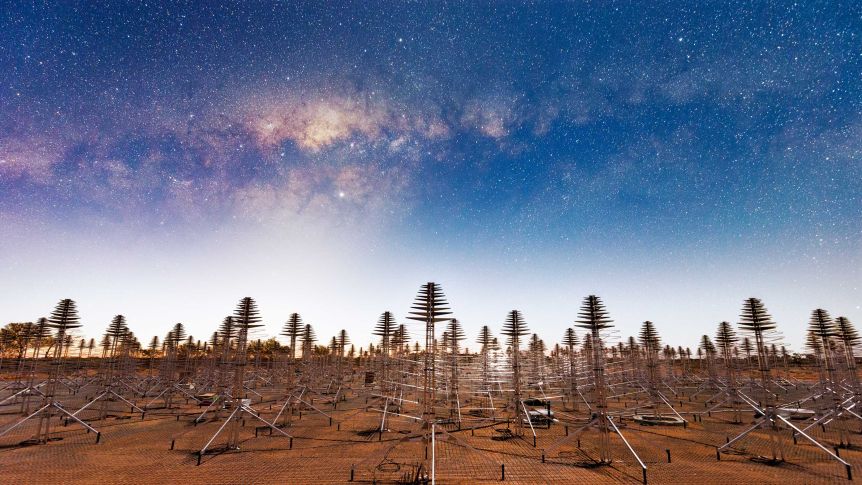
Discovering the extra-terrestrial life: from fiction to reality
- Post by: Wasla Zainab Awan
- February 27, 2021
- Comments off
Life at other planets or search for extra-terrestrial life has always been a concept of sheer curiosity and a sudden urge to explore the hidden secrets of this dark universe. In this era of technology and constant evolution, scientists and astronomers have attempted numerous missions towards the solar system and its planets to detect what they have in store for the mankind.
Living generations are now being able to see the terrestrial-life which may exist in other planets. Now, the question of what is terrestrial life, and the concept behind it arises. Let us have a brief look on this.
Terrestrial-life In general is the life beyond earth. It is the hypothetical life which may occur outside the earth, and different from the one prevalent on the earth. Such life can be expected in a broad range from simple prokaryotes to intelligent beings to event sapient beings expectedly brining vision to the existence of more advanced civilizations than existing humanity.
20th century undoubtedly created a revolution in research of extra-terrestrial life.
Depending on the nature of research, different methods and diverse techniques made their way to the research as well.
An interesting part of this entire methodology related to the terrestrial life is the Alien concept. Aliens are one of those assumed creatures that are highly anticipated and discussed by the human psychology.
Alien life has been expected to exist in the solar system and throughout the universe. The assumption is based on the vast theories and consistent visible laws in the universe.
Numerous arguments have been put forward by renowned scientists including Stephen Hawking, Carl Sagan, and Winston Churchill, and they have supported the presence of terrestrial life somewhere other than earth.
Some bodies in the solar system can be expected to have terrestrial life existing there, particularly those with subsurface oceans.
The extra-terrestrial life can be in the form of extremophile microorganisms. Scientists found a stunning array of subterranean organisms, mostly microbial, deep underground and estimate that approximately 70 percent of the total number of Earth’s bacteria and archaea organisms live within the Earth’s crust.
Similarly, it has been speculated that Mars may have niche subsurface environments where microbial life might exist. For Mercury, the spacecraft MESSENGER found much ice as evidence on the planet, and only some parts of it are assumed to be habitable prior.
Venus, with a temperature of 467 C is very unlikely of earth-like life.
Even its atmosphere is nothing but carbon dioxide, toxic to human life. Moon, with all its beauty and popularity in sci-fi literature has been considered a place with ancient life. As of 2021, nothing has been found so far except the speculations that billion years ago, Moon could have had an environment where life sustained.
With all of the curiosity, it is undoubtedly exciting to anticipate major revelations related to the discovery of terrestrial-life beyond the earth in the future.
